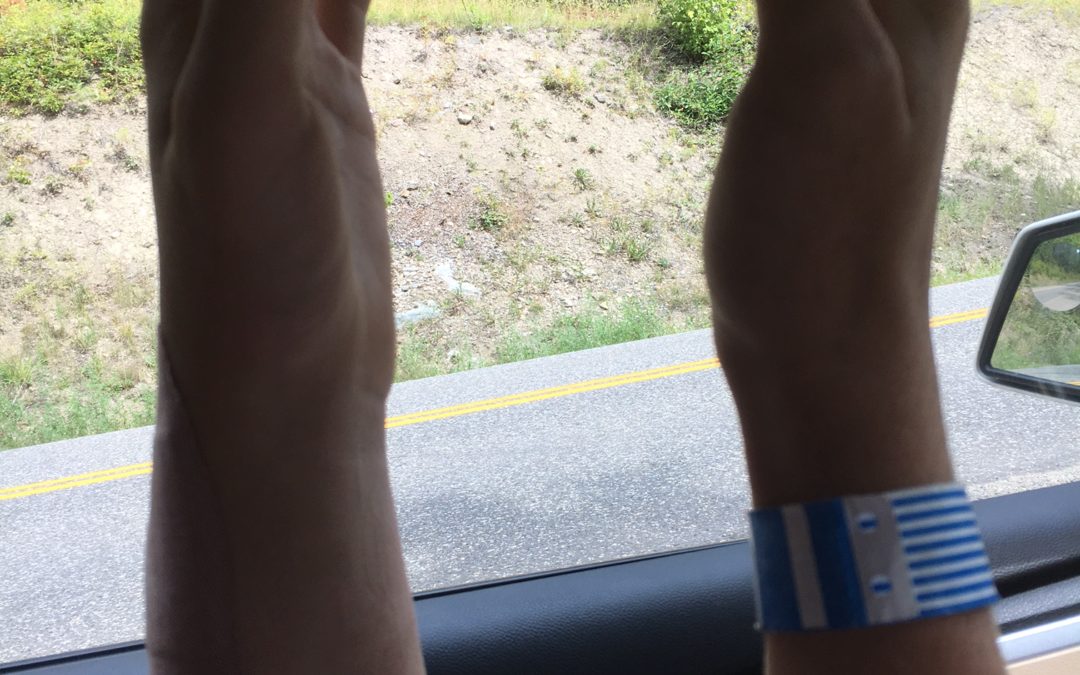REST from painful activities. Depending on the location and severity of the injury it may be ok to continue some light activities such as walking, but a general rule of thumb is if something hurts don’t do it! Your body needs time to recover and heal itself.
ICE first. Anything that is inflamed, hot, or swollen should be treated with cold within the first few days. Putting a cold pack on the painful area for 10-15 minutes a few times a day will help reduce pain, swelling, and inflammation.
COMPRESS the area with a tensor wrap. Especially if there is swelling in the injured area this can help minimize puffiness, provide stability, and reduce pain. Make sure you don’t wrap it too tight, you should be able to feel good circulation in the fingers and toes or adjacent areas.
ELEVATE the injured area above your heart. As best as you are able, elevating the injured joint will allow gravity to help drain the swelling from the area and reduce pain. This can easily be done while icing.
It is also helpful to know about the 3 stages of healing for soft tissue injuries so that you know what to expect during different time periods throughout the course of your recovery.
- Inflammatory Phase – 3-7 days post injury. During the first week after an injury you can expect to experience pain, swelling, and redness as your body goes through the inflammatory process. It is necessary for your body to react this way in order to start healing. RICE management during this time period will decrease the pain and prevent the inflammation from getting out of control and delaying healing. Gentle range of motion of the joint can also be helpful as long as it does not aggravate your symptoms.
- Repair Phase – up to 6 weeks post injury. As your body starts to repair it lays down scar tissue to stabilize the injured area. Scar tissue is a normal part of healing, but it can become problematic if it starts to restrict movement and form adhesions in the tissue. Therefore it is very important during this stage to do stretching and strengthening exercises to prevent the area from becoming stiff and painful. As well proper exercise during this phase provides stimulation to the tissue that will allow it to heal stronger.
- Remodelling Phase – lasts 6-12 months post injury. Tissue healing continues to occur months and even years after injury. It is essential to have a progressive exercise program that will gradually increase your strength and stability to allow your tissue to regain its previous strength and function. We will customize a program for you that will allow you to meet your goals for return to activities and sport.
If your condition has not improved or you are still experiencing significant symptoms after a week it is a good idea to see your physiotherapist. Remember to seek medical treatment immediately with any severe injuries or signs of infection (red, hot, swollen, pus). We look forward to helping you get better and return to your life activities!

